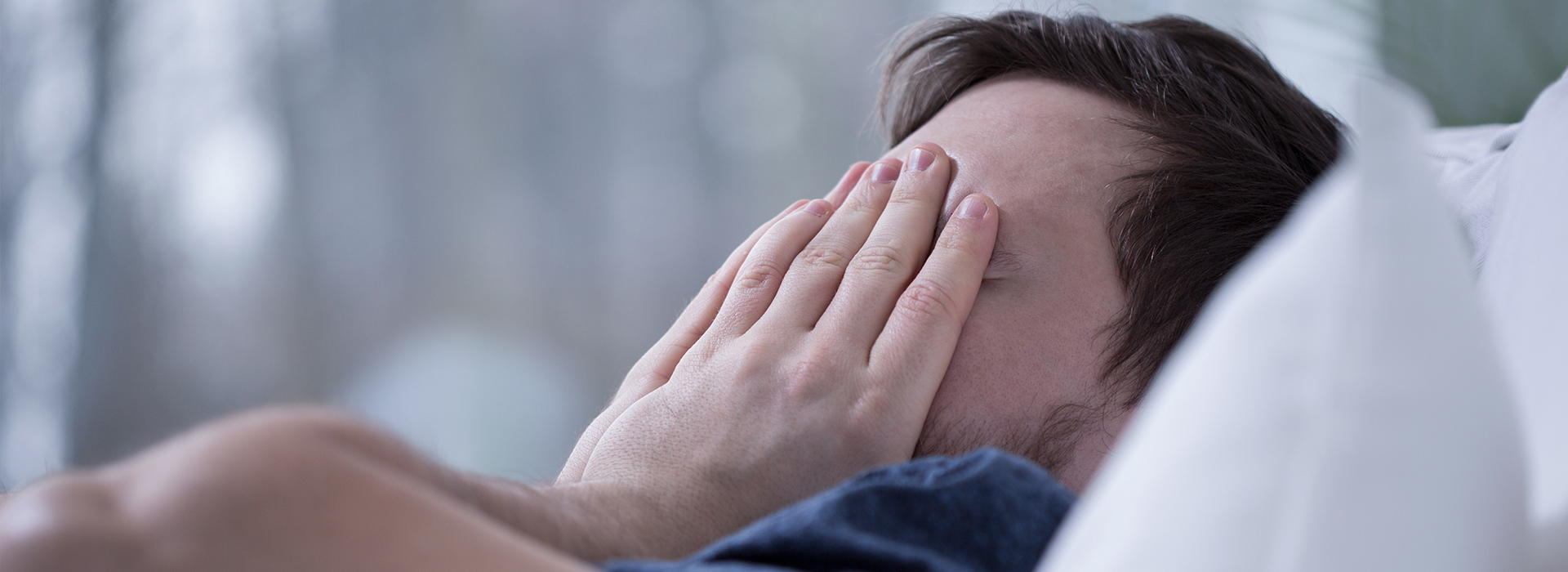
A full night’s sleep is central to physical and mental well-being. When restorative sleep is interrupted, daily function, mood, and long-term health can all suffer. Obstructive sleep apnea is a common but often underdiagnosed contributor to poor sleep: millions of adults experience it or habitual snoring, yet many do not realize how closely these problems tie to broader health risks. At Callahan Family Dentistry, our team evaluates sleep-related breathing issues and offers patient-centered solutions designed to improve nightly rest and daytime energy.
Sleep apnea is defined by repeated interruptions in breathing during sleep. In the obstructive form — the most prevalent type — muscles and soft tissues in the throat relax and partially or completely block the airway. Each pause can last seconds to a minute or longer, fragmenting sleep and reducing oxygen levels repeatedly throughout the night.
Those breathing interruptions trigger brief arousals that may be so fleeting the sleeper does not remember them. Over time, this fragmented sleep pattern erodes sleep quality and contributes to excessive daytime fatigue, impaired concentration, and decreased resilience to stressors. The cumulative impact of disrupted breathing can also strain the cardiovascular system.
Medical studies link untreated sleep apnea with elevated risk for high blood pressure, irregular heart rhythms, and metabolic changes. Because these associations can affect overall health, timely recognition and treatment are important not only for improving sleep but also for protecting long-term well-being.
Many indicators of sleep apnea occur at night and are observed by a bed partner: loud or frequent snoring, witnessed pauses in breathing, choking or gasping episodes, and restless tossing and turning. Not everyone who snores has sleep apnea, but persistent loud snoring accompanied by breathing pauses warrants clinical attention.
Daytime symptoms can be equally telling. People with sleep apnea commonly report morning headaches, persistent sleepiness despite sufficient time in bed, difficulty concentrating, memory lapses, and sudden lapses into sleep during routine activities. These issues may be dismissed as stress or busy schedules, but they can be signs of a treatable sleep disorder.
Because symptoms vary and are sometimes subtle, a routine dental or medical visit is an appropriate time to raise concerns. Dentists frequently observe oral and airway features — such as a crowded jaw, large tonsils, or particular bite relationships — that can suggest elevated risk and prompt a referral for further evaluation.
Diagnosis usually begins with a careful history and a physical exam. Your clinician will consider sleep patterns, daytime function, medical background, and risk factors such as overweight, neck circumference, and anatomy of the mouth and airway. If sleep apnea is suspected, the next step is an objective sleep study to measure breathing, oxygen levels, and sleep architecture.
Traditionally conducted in a sleep laboratory, studies are now also available in home settings with validated portable monitoring devices. Either approach provides data that a physician — typically a sleep medicine specialist or pulmonologist — uses to confirm the presence and severity of sleep-disordered breathing and to guide treatment decisions.
Dental professionals who provide oral appliance therapy coordinate closely with the diagnosing physician. This collaborative model ensures that dental treatment complements medical management and that patients receive interventions suited to the severity of their condition.
Continuous positive airway pressure (CPAP) remains a primary treatment for moderate to severe obstructive sleep apnea. By delivering a constant stream of pressurized air through a mask, CPAP prevents airway collapse and effectively stops most apneas when used as directed. While highly effective, some patients find mask-based therapy challenging to tolerate long term.
For individuals with mild to moderate obstructive sleep apnea, or for those who cannot use CPAP consistently, alternative treatments are available. Lifestyle changes such as weight management, positional therapy, and addressing nasal congestion can reduce symptom burden for some people. Surgical options are also considered in select cases when anatomic problems are clearly identified.
Choosing the appropriate therapy is a personalized process that takes into account symptom severity, patient preference, and medical history. The best outcomes often come from a combined approach that integrates medical, dental, and behavioral strategies tailored to the individual.
Oral appliances are custom-made devices worn during sleep to maintain an open airway by repositioning the lower jaw and stabilizing soft tissues. They resemble retainers or mouthguards and are particularly effective for snoring and for mild to moderate obstructive sleep apnea in properly selected patients.
The process begins with a comprehensive evaluation of oral anatomy and a review of the sleep study. Impressions or digital scans of the teeth allow the laboratory to fabricate an appliance that fits precisely. Proper fit and comfortable function are essential to both effectiveness and long-term use.
After the appliance is delivered, patients return for adjustments and titration to optimize breathing outcomes while preserving a comfortable bite. Periodic follow-up is important to confirm symptom improvement, assess wear patterns, and check for changes in teeth or jaw alignment. Collaboration between the dental team and the patient’s sleep physician ensures coordinated care and monitoring.
When designed and managed by trained clinicians, oral appliance therapy offers a discreet, portable, and often well-tolerated alternative to mask-based treatments. For many patients it provides meaningful improvement in sleep continuity, daytime alertness, and overall quality of life.
If poor sleep, loud snoring, or persistent daytime tiredness are interfering with your life, our practice can help you explore diagnostic options and appropriate treatments. Contact us to learn more about how we evaluate sleep-disordered breathing and the care pathways we offer.
Our goal is to help every patient experience the benefits of good oral health and a beautiful smile. We value the trust you have placed in our office and strive to provide solutions that meet your dental needs and expectations of care.
